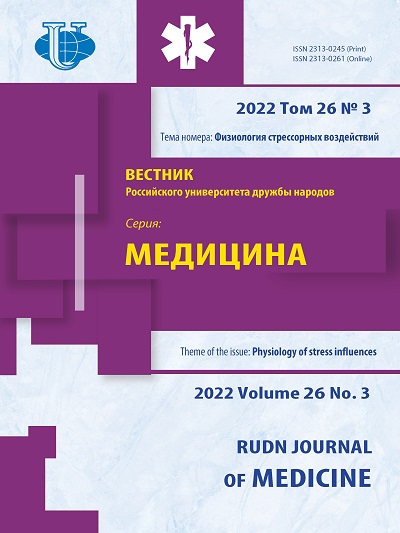Abstract
Relevance. The high incidence, prevalence and mortality in tuberculosis determines the relevance of improving clinical and organizational processes in terms of algorithmization. The aim of the study was to develop and evaluate the effectiveness of the clinical and organizational management algorithm for tuberculosis medical care at the regional level. Materials and Methods. The object of the study (2007-2021) were the tuberculosis medical care system of the Sverdlovsk region, Russian Federation. The scientific and methodological bases were Department of Health Organization, Drug Supply, Medical Technologies and Hygiene of the Peoples’ Friendship University of Russia topic SRW № 214791-3-000. The development of the algorithm was carried out on the basis of a scientifically proven universal clinical management system. The epidemiological tuberculosis author data and of Rosstat in the Sverdlovsk region for 2007-2020 were used - general and structural morbidity, prevalence, mortality, as well as the number of 3, 4 and 6 groups of dispensary registration of patients. The efficiency of the algorithm was evaluated by the dynamics of the complex of epidemiological indicators of tuberculosis. Research methods were applied: content analysis, analytical, statistical, comparative, expert. Significance was assessed using the t-White test. Differences in the compared parameters were considered significant at p<0.05. Results and Discussion. The effectiveness of the developed algorithm for managing regional tuberculosis medical care, including the components of needs analysis, systematization, automation and telecommunications, interdisciplinary integration, resource provision and performance evaluation, was confirmed by a significant decrease in the Sverdlovsk region for the period 2007-2020 general incidence by 2.05 times (from 119.9 to 51.7 per 100 thousand of the population), the incidence of children 0-14 years old by 1.48 times (from 18.7 to 12.6 per 100 thousand children of the corresponding age), prevalence in the population by 1.8 times (from 258.6 to 143 per 100 thousand of the population) and mortality from tuberculosis by 2.675 times (from 21.4 to 8.02 per 100 thousand of the population) (p<0.001). The COVID-19 pandemic (2020-2021) did not worsen the epidemiological situation for tuberculosis in the region. In 2020, an active form of tuberculosis was detected in 2201 people, which is 16 % less than in 2019 (p<0.05). The prevalence of epidemiologically dangerous bacillary forms of the disease for the period 2019-2020 decreased by 15.4 %, from 73.2 to 61.9 per 100 thousand population (p<0.05). Conclusion. Clinical and organizational management of tuberculosis medical care based on the algorithmization of scientifically evidence processes increases the effectiveness of therapeutic and preventive measures and the social and epidemiological well-being of the population.














